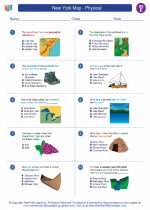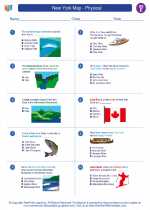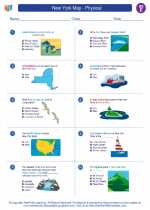Wyoming
Wyoming is a state located in the western region of the United States. It is the 10th largest state by area, but the least populous state in the country. Here are some key points to understand about Wyoming:
History
Wyoming was originally inhabited by various Native American tribes, including the Crow, Arapaho, Shoshone, and Sioux. The region was explored by European trappers and traders in the early 19th century and later became a popular area for fur trading. In 1869, Wyoming became the first state to grant women the right to vote.
Geography
Wyoming is known for its diverse geography, including the Rocky Mountains, the Great Plains, and the High Plains. The state is home to several national parks, including Yellowstone and Grand Teton. The Continental Divide runs through the state, dividing the watersheds that flow into the Pacific Ocean and the Atlantic Ocean.
Economy
Wyoming's economy is largely based on mineral extraction, including coal, natural gas, and oil. The state is also a major producer of agricultural products such as livestock, hay, and sugar beets. Tourism is another important industry, with millions of visitors coming to see the state's natural attractions each year.
Government
Wyoming has a state government that consists of three branches: executive, legislative, and judicial. The state is known for its relatively low population and vast land area, which has led to unique political dynamics compared to more densely populated states.
Conclusion
Wyoming is a unique state with a rich history, diverse geography, and a strong economy. Its natural beauty and historical significance make it an interesting subject for study.
[Wyoming] Related Worksheets and Study Guides:
.◂Social Studies Worksheets and Study Guides Fifth Grade. New York Map - Physical

 Worksheet/Answer key
Worksheet/Answer key
 Worksheet/Answer key
Worksheet/Answer key
